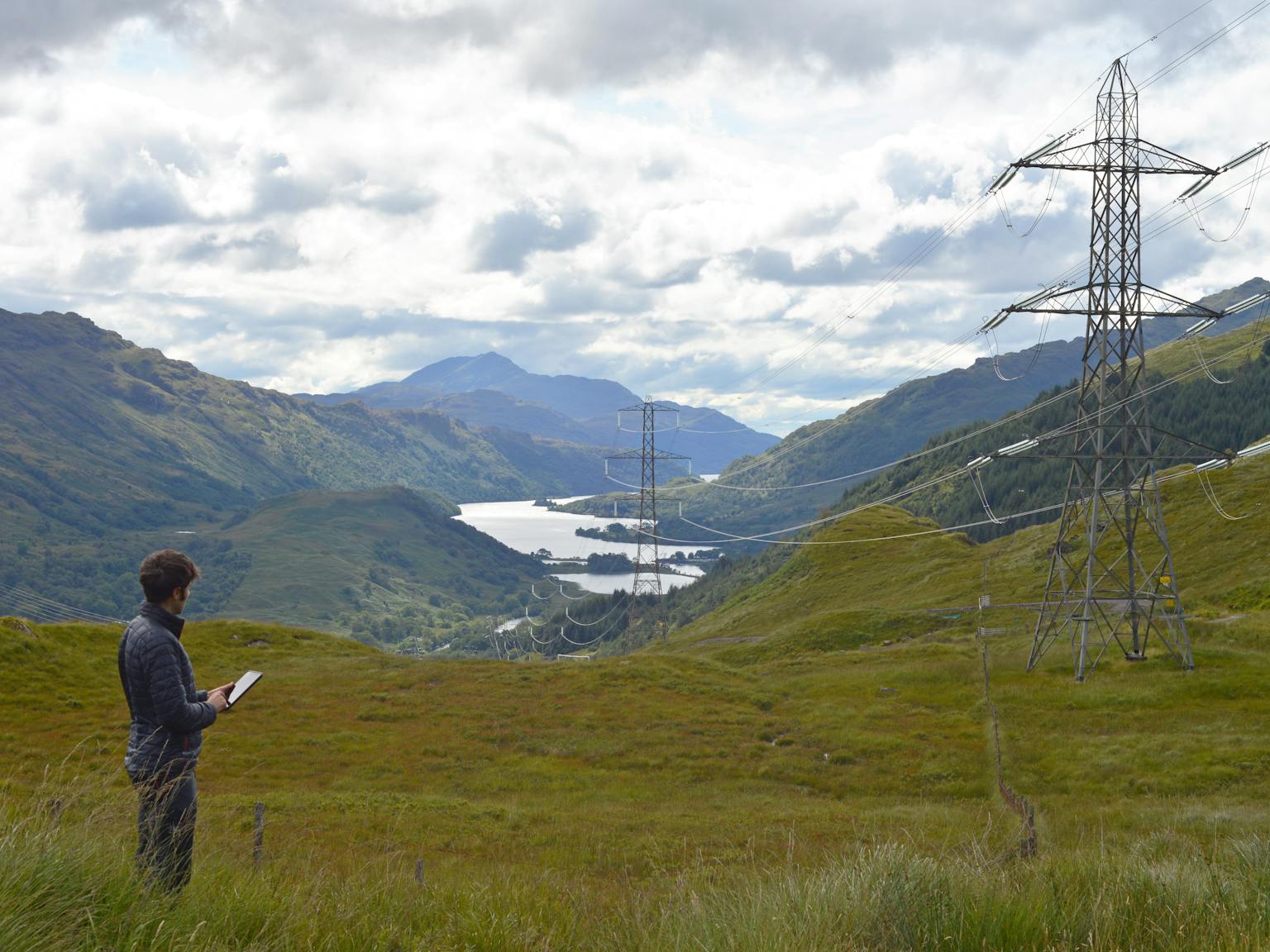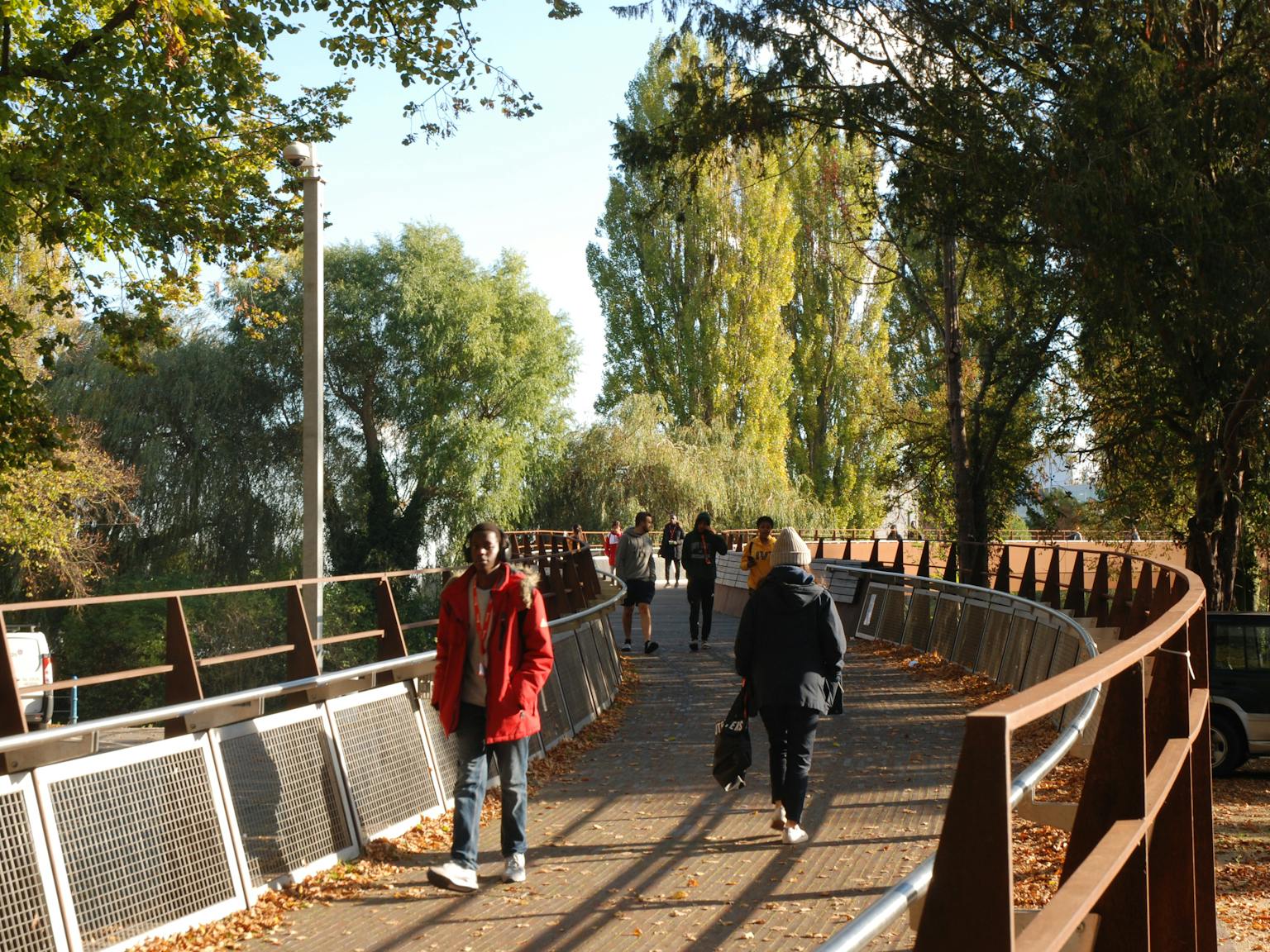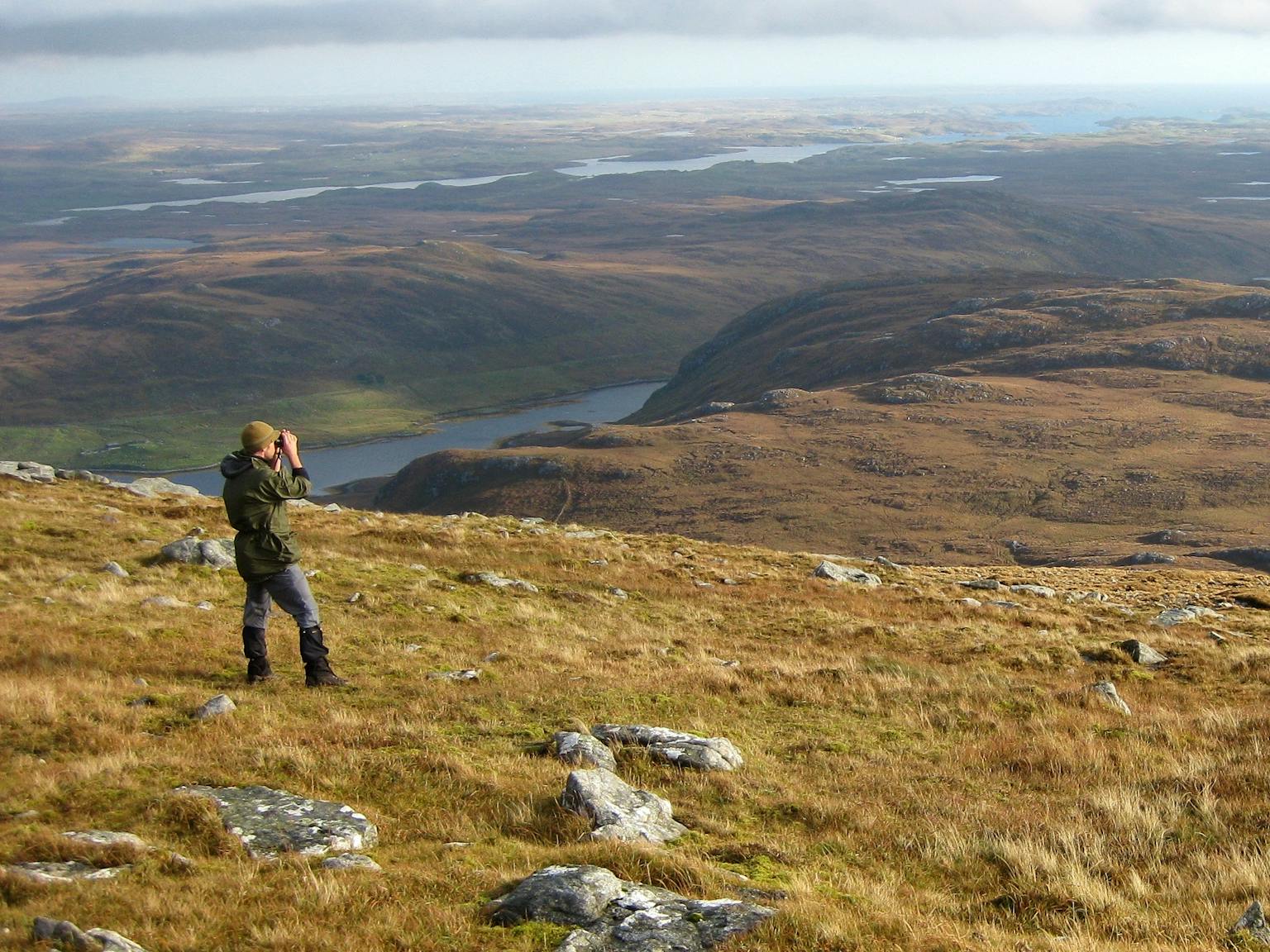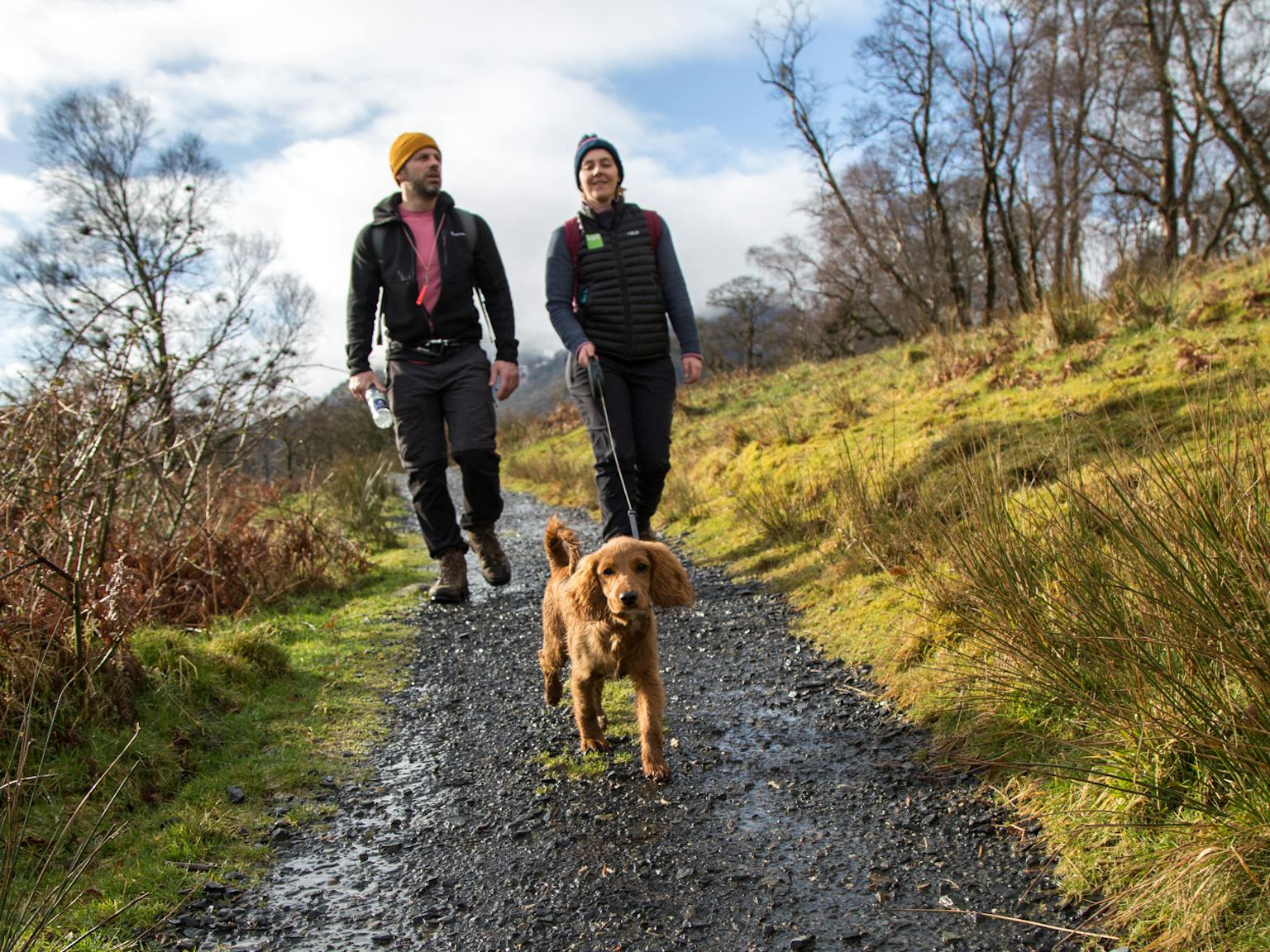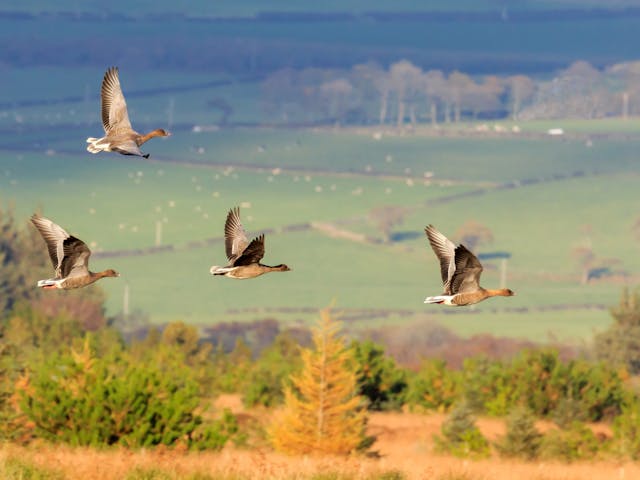
What does the new Approach to Landscape Sensitivity Assessment mean for Local Planning Authorities in England?
Natural England has published its long awaited guidance on landscape sensitivity assessment, called ‘An Approach to Landscape Sensitivity Assessment’[1]. This supersedes the 2004 ‘Topic Paper 6’ which provided an overview of (then) current thinking about landscape sensitivity and capacity in terms of both the concepts involved and the practical techniques’.
What does the new approach say and how does it differ from Topic Paper 6?
The new approach provides clarifications on a number of issues that were not resolved in Topic Paper 6. For example, Topic Paper 6 did not provide a definition of landscape sensitivity. Rather, it set out examples of typical definitions in use at the time. The new approach now clarifies that landscape sensitivity may be regarded as a measure of the resilience, or robustness, of a landscape to withstand specified change arising from development types or land management practices, without undue negative effects on the landscape and visual baseline and their value.
With regards to the extent to which information on the visual resource (views, visual qualities etc.) should inform landscape sensitivity, Topic Paper 6 acknowledged that there was some disagreement about this within the profession. The new approach clarifies that landscape sensitivity assessment should include information about the ‘visual characteristics’ of the landscape (this may include general visibility, skylines, types of views and the general visual amenity experienced in the landscape), but it should not focus on specific effects on individual receptors that would be assessed as part of an LVIA.
Regarding the role of landscape value in landscape sensitivity assessment, Topic Paper 6 suggested that landscape value + landscape sensitivity = landscape capacity. The new guidance takes a different approach, suggesting that landscape value(s) should be included in the assessment of landscape sensitivity. Indicators of value may include designations, sense of place, valued attributes, community values, recreational value and ecosystem services. It is important to note that the new approach focuses on landscape sensitivity and does not venture into landscape capacity assessment.
The concept of inherent’ landscape sensitivity is not mentioned in the new approach, implying that all landscape sensitivity assessment should be specific to a defined type of change.
Implications for those commissioning a landscape sensitivity assessment
In addition to providing clarification on the above points, the new approach provides a guide to preparing a brief for a landscape sensitivity assessment, which will be useful for those thinking about commissioning such a study. This recommends that the purpose of the assessment needs to be clearly understood and defined before a brief can be written. For example, is the assessment to inform housing site allocations for a local plan, or to find areas for renewable energy installations? What is the extent of the study area (a whole region, or specific sites for example)? What scale of assessment and level of detail are required? How will the outputs be used?
LUC is happy to help develop an appropriate brief for a landscape sensitivity assessment, design a methodology or undertake an assessment. We regularly undertake landscape sensitivity assessments across the UK. Kate Ahern (Director of Landscape Planning) authored an early draft of the landscape sensitivity guidance and presented at one of Natural England’s workshops during development of the guidance. Rebecca Knight (Director of Landscape Planning) was a member of the working group for the development of the ‘Approach to Landscape Sensitivity Assessment’.
[1] https://www.gov.uk/government/publications/landscape-sensitivity-assessment


